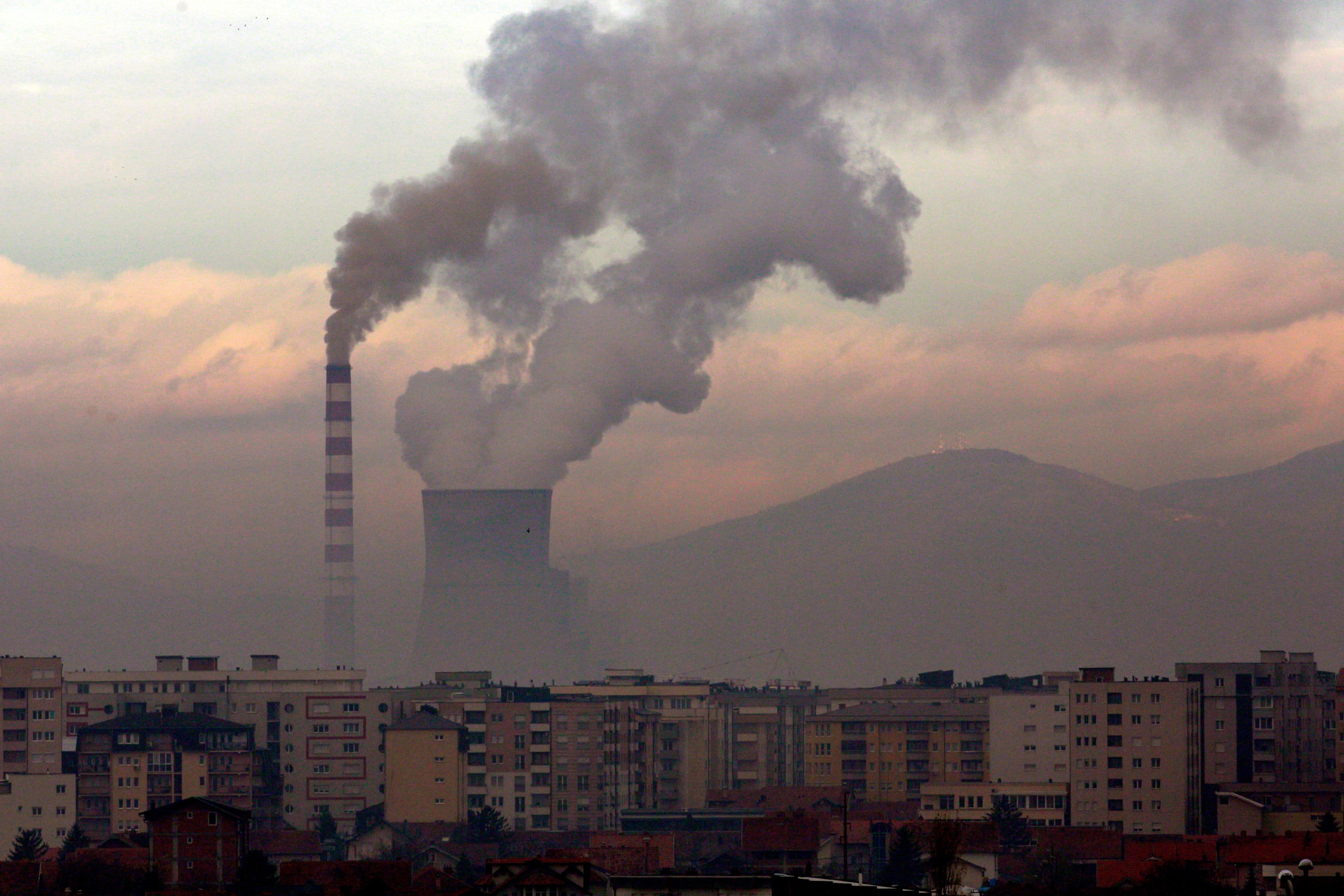
Smoke rises from a coal-fired power plant in Obilic, near Pristina, Kosovo, November 18, 2019.
Ognen Teofilovski | Reuters
The carbon offset market may grow by as much as 50 times if companies are going to meet their 2050 net zero greenhouse gas emissions goals.
That’s according to a new report from Bank of America, released to clients on Friday and more broadly on Monday, titled “Carbon offsets: volunteer hero for net zero.”
“Net-zero” emissions means that an entity removes as much emissions as it releases and can be thought of as “carbon neutrality,” according to the World Resources Institute, a non-profit global research organization.
The first step in achieving net zero is reducing as many emissions as possible. Any remaining emissions that have not been eliminated entirely can be accounted for by removing the equivalent amount of emissions from the atmosphere, the World Resource Institute says. Greenhouse gasses can be removed from the atmosphere in ways such as restoring forests (trees remove carbon dioxide from the air in photosynthesis) or more technical means, such as direct carbon capture technology.
Currently, the market for carbon offsets is “still relatively small,” Bank of America says in its report. Offsets issued in 2020 were equivalent to 210 million metric tons of carbon dioxide emissions either removed or avoided, which is equivalent to 0.4% of total global emissions, Bank of America said.
There are four primary registries for carbon offsets: Verified Carbon Standard, or Verra; The Gold Standard; the American Carbon Registry; and the Climate Action Reserve. The market started about 25 years ago with the American Carbon Registry, then called the Environmental Resources Trust, the report says.
Carbon offsets cost between $2 and $20 per metric ton, admittedly a broad range, of emissions removed and “offer a relatively cheap way to decarbonize,” the Bank of America report said.
Governments around the world have set goals to be net zero in the years between 2050 and 2060, but they are not likely to meet those goals, Bank of America said in its research note. “Current policies remain insufficient to adequately incentivize the changes necessary to reach these lofty goals, whether through carbon pricing or other means,” said the report, which came out of the global commodity research desk.
Many companies are voluntarily setting their own emissions targets and those stated goals will increase demand for carbon offsets, the report said.
Achieving net zero energy emissions by 2050 will demand approximately 7.6 gigatons of carbon dioxide offsets or removal, Bank of America said. That would represent as much as a 50 fold increase in the offset market, Bank of America said. The low end of the growth in demand for carbon offsets would be at least quadrupling, the bank said.
Early on in the life of the carbon offset markets, projects included chemical processing and industrial and manufacturing projects. But currently, forestry, land use and renewable energy projects are about 80% of carbon offset projects, the report said. This “may be due to growing interest in nature based solutions,” the report said, and falling prices of renewable energy, such as wind and solar.




